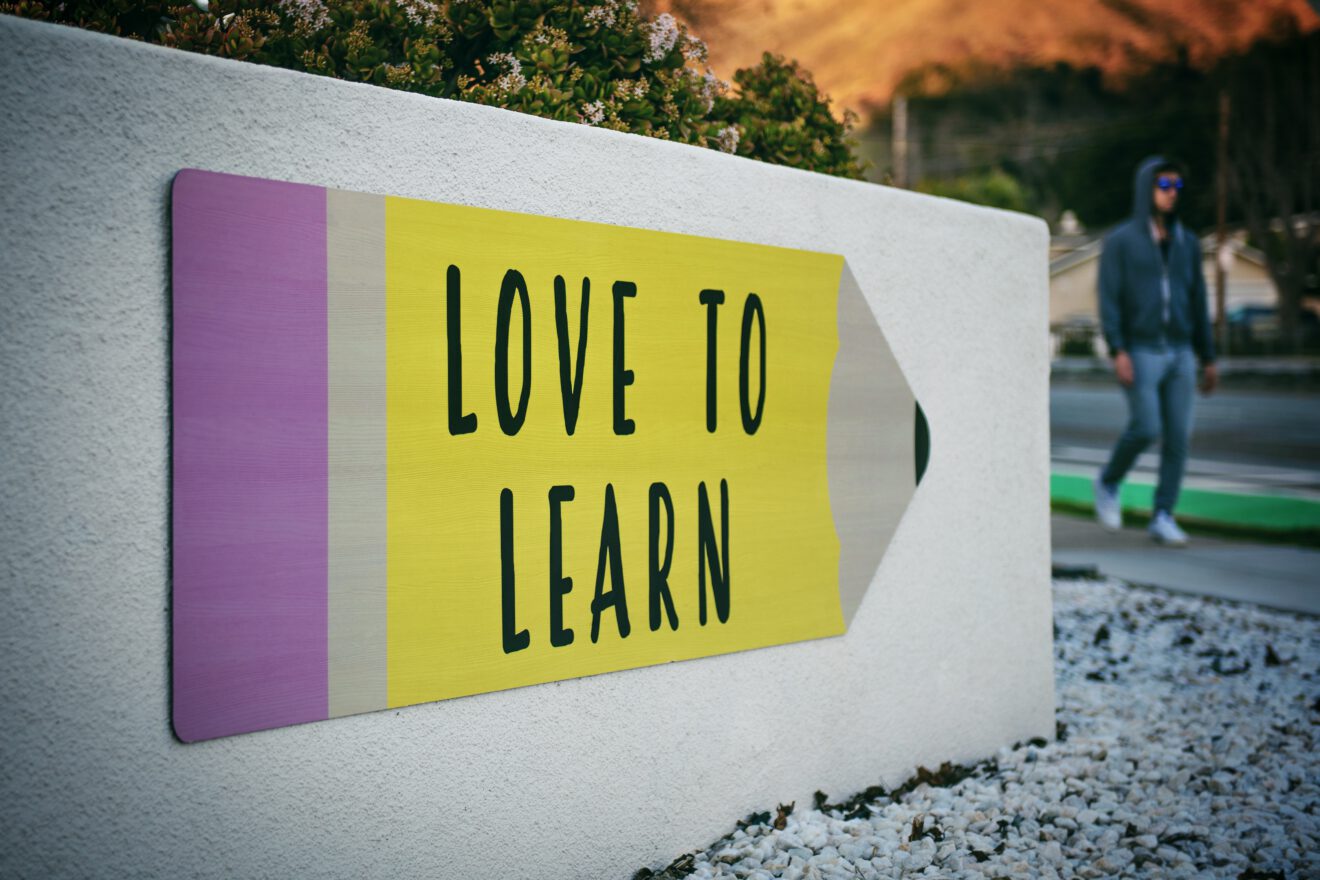The importance of first impressions has never been understated in education. When parents meet their child’s teacher for the first time, it sets the tone. When teachers meet their students for the first time, they size up their needs and how challenging they could be throughout the year. These first impressions aren’t the full story or the forever story, but they do take a long time to overcome. First impressions are a natural part of human judgment, and it only makes sense that we design for them so that their impact can be a positive one to build on as opposed to a negative one that needs to be reworked. This holds true for how we design all aspects of the school environment as well. Intentionality in the below areas can help school leaders and design teams make great first impressions.
School Signs
Does your school signage welcome or warn?
Too many school signs lead with the word “NO.” “No visitors.” “No skateboarding.” “No loitering.” In many schools, visitors encounter the word “no,” and thus feel a culture of “no” at the school before they interact with anyone that works or learns at the school.
Building an inclusive, welcoming culture that brings parents, partners and other participants into the school includes considering the signage that surrounds the building. They should include messages that are attached to the learning mission. There are examples of smart signs everywhere. Let the signs on the outside of the buildings and in the entryway make a great first impression.
Entering the Building
What do people experience when they first enter your building? One school had plants in its entryway that gave off an odd smell. Instead of visitors seeing the beauty of natural objects, they encountered a stench. Not a good first impression.
Old signs, old furniture, old paint shouldn’t be a part of the welcoming committee. Make sure entrances are cleaned multiple times, daily. Consider adding images of learning, art and other artifacts. Think about your school’s logos, fonts and symbols; you should have a coherent design strategy and color palette that begins at your entrances and is consistent across your campus. It shouldn’t take long for those entering the building to see that a powerful place of learning exists inside.
Newsletters
Digital first impressions matter as well. Every digital newsletter that ends up in the email inbox has about 3-5 seconds to capture the attention of the reader. This is the average amount of time that individuals take to decide to read on or hit delete, and once people reject the contents a few times, they stop opening the email all together. If you can’t get people to open your digital newsletters and updates, then it becomes really difficult to effectively share media and messages.
You can avoid this by making an incredible first impression. Lead with good news, images and video. People want to feel the energy coming from an email. Make reminders about due dates, rules, and regulations brief and put them “below the fold.” Incorporate student voices; it showcases learning in a different way. Don’t let digital spaces be a blind spot in your transformation of all learning spaces.
Office Spaces
The best school office environments welcome people as though they have arrived for a great feast at someone’s home. They say “We’re glad you’re here and we want your visit to be in an incredible one.”
Too many visitors encounter sign-in sheets and stoic faces when they enter school offices; they feel like a burden before they have even said hello. Intentional physical space design can’t overcome attitudinal barriers.
Make sure your office spaces are clean and tidy. Have staff greet visitors warmly and ask how they can help. This type of first contact when arriving at a school can empower visitors, set a positive tone, and bring comfort to those that are entering the school with stress and anxiety.
Athletic and Activities Facilities
Many visitors to schools are only there to participate or watch competitions and concerts. What impression do your athletic and activities facilities send to visitors? Is there a clear connection to the learning mission? Are they entering clean spaces? Are parking lots well lit? Is there a sense of safety and security? Does it appear that items that can be stored away are out of the line of sight? Do lights on the scoreboard work? Are bathrooms available and clean? Is there clear signage about how to move from the parking lot to parked in a seat? When we leave any of this to chance, we aren’t designing with the intention necessary to make an optimal first impression.
The details matter. In a world where there’s a rush to buy our way into a new school design, it is important to balance new purchases with a culture focused on the details. Thinking about first impressions as a comprehensive system of small moments that have a big impact can allow all schools to push forward into communicating a positive, forward-thinking attitude about its teaching and learning. Don’t allow visitors — or those entering your space on a daily basis — to have their first impressions happen by chance. Take control of the details and design these experiences.
Robert Dillon, Ed.D, is the director of innovation for the School District of University City in Saint Louis, Missouri. He has the opportunity to speak around the country on a variety of topics that support learning. His latest book is entitled: Leading Connected Classroom: The Heart and Soul of Learning.
__________
Like this article? Sign up for ASCD SmartBrief to get news like this in your inbox, or check out all of SmartBrief’s education newsletters, covering career and technical education, educational leadership, math education and more.
